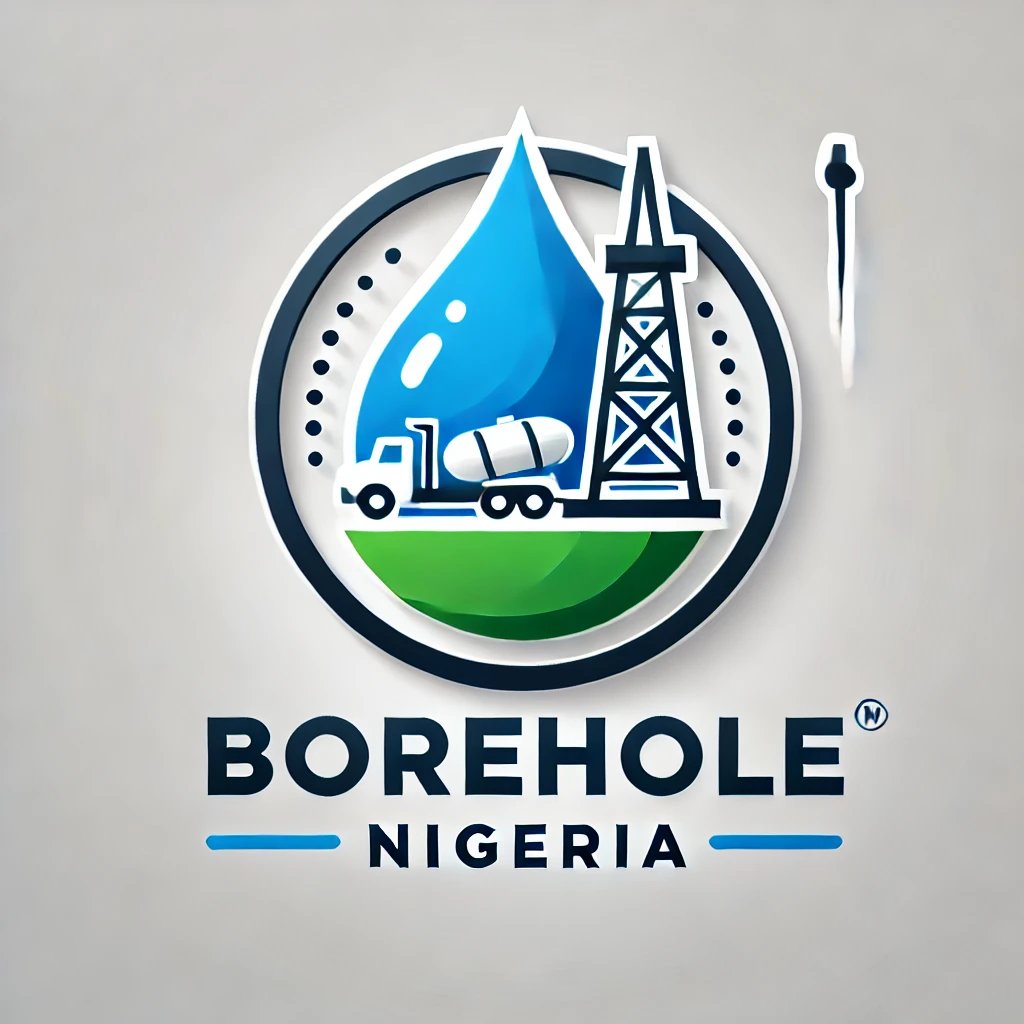A hydrogeological survey is a critical pre-drilling activity that provides essential information about the groundwater conditions, ensuring that boreholes are drilled at the right location and depth to access reliable water sources. Conducting this survey helps avoid costly mistakes, ensures the longevity of the borehole, and protects both the environment and the investment in the drilling project.
1. Importance of a Hydrogeological Survey
Before drilling a borehole, a hydrogeological survey helps identify the following key factors:
- Groundwater Availability: Determines whether there is enough water at the site to sustain the borehole.
- Depth of the Water Table: Helps establish the optimal depth for drilling.
- Soil and Rock Composition: Identifies the types of soil or rock formations present, which will influence the drilling process and equipment needed.
- Aquifer Characteristics: Assesses the properties of aquifers (water-bearing rock layers), including their capacity to store and transmit water.
- Water Quality: Provides information about the chemical and physical properties of the groundwater, ensuring that it’s safe for consumption or suitable for specific uses.
2. Stages of a Hydrogeological Survey
A hydrogeological survey involves several steps, from preliminary research to on-site investigation and data analysis. Below is an outline of the typical process:
2.1 Desk Study and Data Collection
The survey begins with a desk study, where existing information about the area is gathered. This includes:
- Topographic and Geological Maps: These maps give an overview of the terrain and the underlying geology, helping identify likely water-bearing formations.
- Historical Borehole Data: Information on nearby boreholes, if available, is reviewed to understand water depth, quality, and yield in the region.
- Rainfall and Climate Data: Studying the area’s climate helps assess how much rainwater infiltrates the ground and replenishes aquifers.
2.2 On-Site Investigation
The next phase is a site visit, during which the hydrogeologist performs direct investigations:
- Geophysical Survey: One of the most common methods used is Electrical Resistivity testing, where electrodes are placed in the ground to measure its resistance to electric current. This helps map underground layers and identify water-bearing formations (aquifers).
- Soil and Rock Sampling: Collecting soil or rock samples at various depths helps determine the nature of the subsurface layers.
- Water Quality Testing: If there are existing wells or boreholes nearby, water samples may be collected for laboratory testing to check for contaminants or chemical composition.
2.3 Data Analysis and Interpretation
Once field data is collected, it is analyzed to provide detailed insights:
- Aquifer Depth and Thickness: The analysis identifies the depth at which water is likely to be found and the thickness of the aquifer, which is important for determining borehole yield.
- Recommended Borehole Depth: Based on the aquifer analysis and water table depth, the hydrogeologist will recommend an appropriate depth for drilling.
- Water Quality Report: The chemical composition of the groundwater is assessed, identifying potential issues like high salinity, hardness, or contamination by heavy metals.
3. Benefits of a Hydrogeological Survey
Conducting a hydrogeological survey provides several benefits to ensure a successful borehole drilling project:
3.1 Informed Decision-Making
The survey helps identify the exact location and depth where water can be reliably accessed, minimizing the risk of drilling a dry or low-yield borehole.
3.2 Cost Efficiency
A well-conducted hydrogeological survey reduces the risk of re-drilling or expensive maintenance caused by unforeseen geological challenges, such as hitting impenetrable rock layers or drilling at the wrong depth.
3.3 Long-Term Sustainability
By determining the sustainable yield of the aquifer, the survey ensures that the borehole does not over-extract water, which can lead to aquifer depletion and a decrease in water quality over time.
3.4 Environmental Protection
The survey helps avoid contamination of groundwater resources by identifying areas prone to pollutants or where certain contaminants might already be present in the soil.
4. Recommendations for Borehole Drilling
After the hydrogeological survey is completed, the hydrogeologist provides specific recommendations that guide the drilling process. These recommendations include:
- Optimal Borehole Location: Based on the geophysical survey and site investigation, the best location for drilling is identified.
- Recommended Drilling Depth: The report will specify the minimum and maximum depths at which drilling should be done to access the aquifer.
- Suggested Borehole Design: This includes recommendations on the type of casing to use, the size of the borehole, and the type of pump that will be most suitable for the depth and yield of the borehole.
- Water Quality Considerations: Any treatment required for the water based on the quality analysis (e.g., filtration or chemical treatment) is outlined to ensure the water is safe for use.
5. Conclusion
A hydrogeological survey is an essential step before drilling a borehole, ensuring that you have all the information needed for a successful and sustainable water supply project. It saves costs, ensures the borehole’s longevity, and provides reliable water access without compromising the environment. At Borehole.com.ng, we offer professional hydrogeological surveys as part of our comprehensive borehole drilling service.
Next Steps with Borehole.com.ng
- Visit Our Homepage: Go to Borehole.com.ng.
- Consultation: Pay a ₦50,000 consultation fee for a geological survey to ensure accurate borehole location and depth recommendations.
- Receive a Quote: After the survey, we’ll provide a comprehensive quote based on the findings.
Start your journey to reliable water access by clicking the WhatsApp button on your screen for a consultation today!
